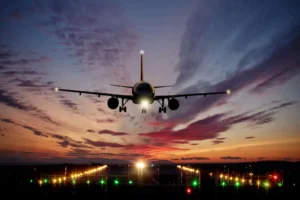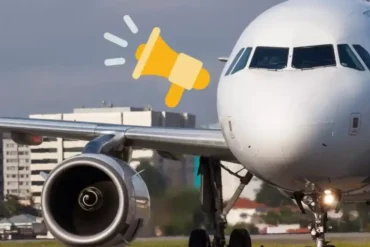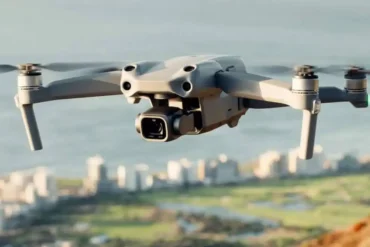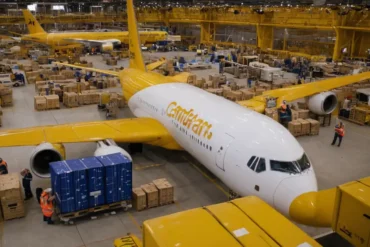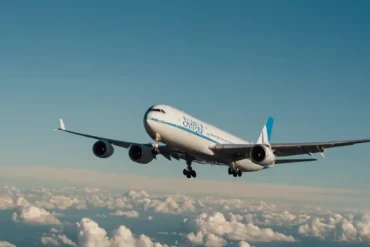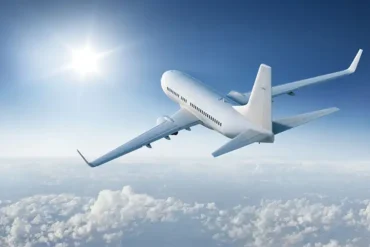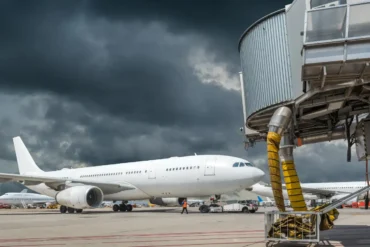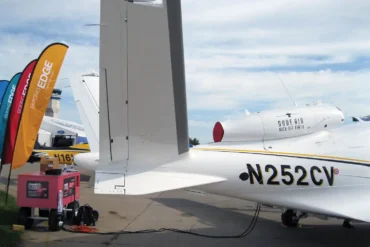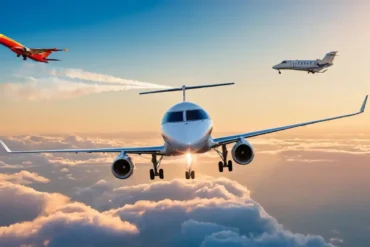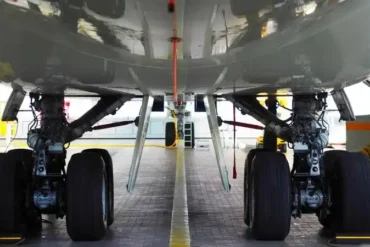Have you ever looked out the window of a plane and noticed small lights near the nose and wings? While they may look like headlights on a car, airplane headlights serve a different purpose. Let’s explore when pilots use these lights and how they help navigate the skies.
When Pilots Turn on the Lights
Pilots don’t use headlights to illuminate the path in front of the plane. Instead, they switch them on during takeoff, landing, and when flying below 10,000 feet. This helps other pilots see the plane when visibility is low. Pilots may also turn on lights during in-flight emergencies or to communicate with folks on the ground.
Landing Lights Light the Way
The main reason airplanes have headlights is to make the plane more visible when taking off and landing. That’s why they’re often called “landing lights.” Having bright lights on helps prevent collisions, especially when planes are flying close together near airports.
How Pilots Navigate at Night
Piercing Through the Darkness
Looking out into a vast, dark sky can be mystifying for passengers. So how do pilots find their way when it’s pitch black outside? They use navigation tools like GPS and radar, along with cockpit instruments that work even in low light. This high-tech equipment ensures pilots can fly safely when it’s dark.
Small but Mighty Lights
Unlike car headlights, airplane landing lights are pretty tiny, usually around 8 inches wide. But these 600-watt bulbs pack a punch! Their brightness enhances visibility so other pilots can see the plane during critical phases of flight like takeoff and landing.
Flying Through the Clouds
When surrounded by clouds, pilots can’t see past them visually. Instead, they rely on instruments that track airspeed, direction, and horizon position. This built-in guidance system enables precise navigation when the view is obscured by clouds.
Brightening Up at the Right Time
Pilots strategically switch on landing lights when taking off and approaching the ground. This extra illumination helps spot other planes and vehicles when visibility is limited. The lights provide an added safety precaution for navigating safely at night.
